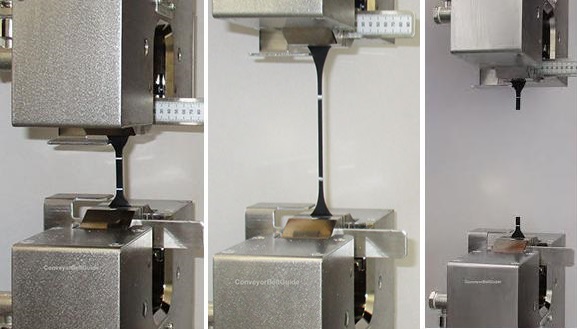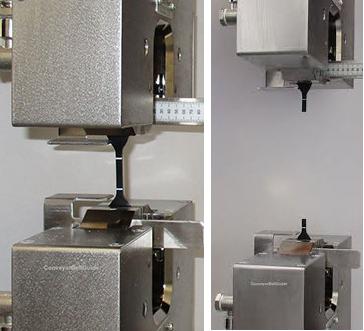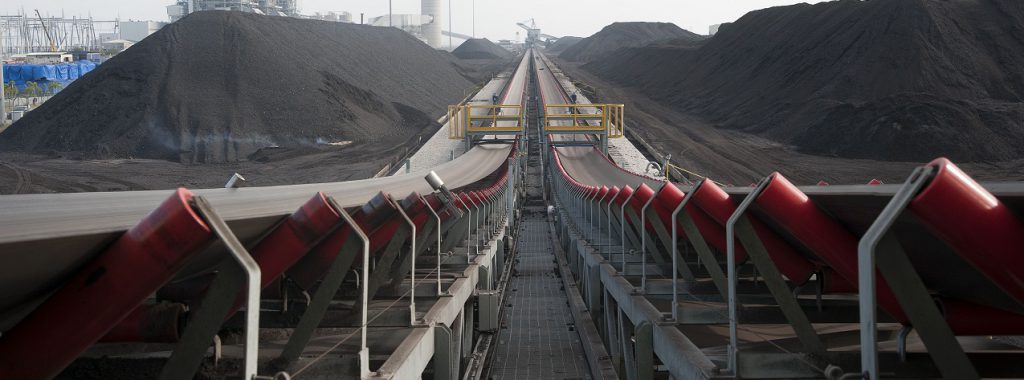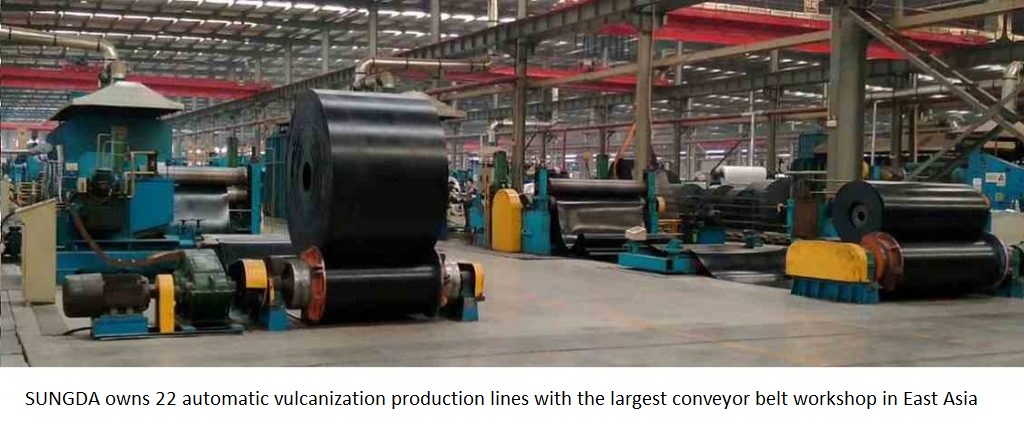The Most Important Index of Rubber Conveyor Belt—–Abrasion Resistance Rate
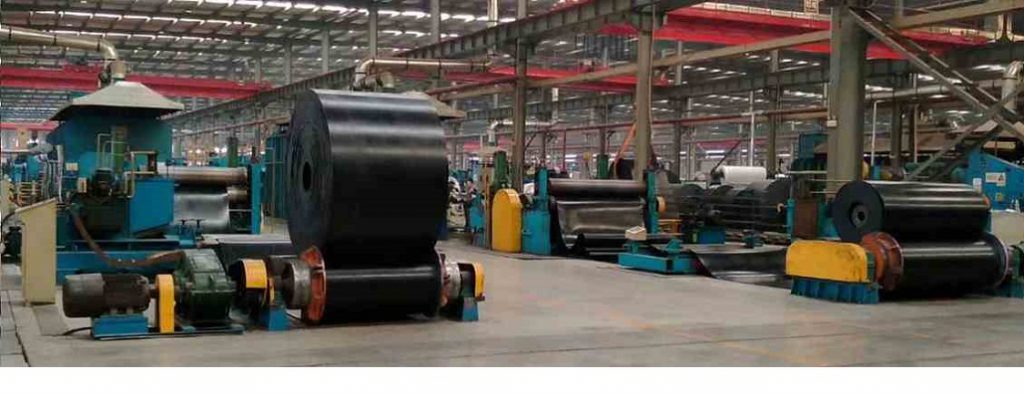
The characterization of abrasion resistance is the ability of vulcanized rubber to resist material loss due to surface damage under the action of friction force. It is a mechanical property closely related to the service life of rubber products. It has the form:
1. Wear abrasion. When rubbing, the uneven, sharp and rough objects on the surface are continuously cut and rubbed randomly. As a result, the contact points on the rubber surface are cut and broken into tiny particles, which fall off the rubber surface and form abrasion. Abrasion strength is proportional to pressure and inversely proportional to tensile strength. Decrease as resilience increases.
2. Fatigue abrasion. The surface of the vulcanized rubber in contact with the friction surface is subjected to periodic compression, shearing, stretching and other deformations in the repeated process, causing the rubber surface to fatigue and gradually produce micro-cracks in it. The development of these cracks causes microscopic spalling on the surface of the material. The fatigue abrasion increases with the increase of the elastic modulus and pressure of the rubber, and increases with the decrease of the tensile strength and the deterioration of the fatigue performance.
3. Curl and abrasion. When the smooth surface under the rubber touches, the uneven surface of the vulcanized rubber will be deformed due to friction, and be torn and broken, forming a rolled off surface.
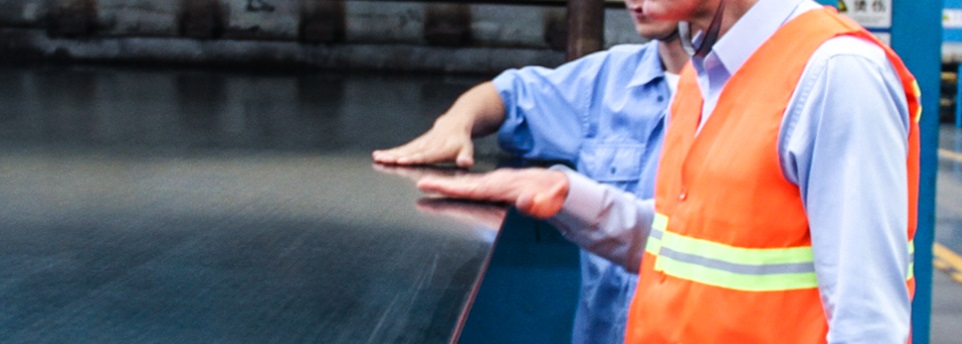
Abrasion resistance is related to the main mechanical properties of vulcanizates. Try to balance the relationship between various properties when designing the formula. The relationship between abrasion resistance and rubber type is the biggest, generally speaking NBR>BR>SSBR>SBR (EPDM)>NR>IR (IIR)>CR
Abrasion resistance is related to the vulcanization system. Appropriately increasing the degree of crosslinking can improve the abrasion resistance. The more monosulfide, the better the abrasion resistance, which is the best reason for the abrasion resistance of the semi-effective vulcanization system. The abrasion resistance of using CZ as the first accelerator is better than other accelerators, and the best amount of reinforcing agent will improve a certain amount of abrasion resistance. Reasonable use of softeners will minimize abrasion resistance. Such as natural rubber and styrene butadiene rubber with aromatic oil.
Effective use of antioxidants can prevent fatigue and aging. Increasing the dispersibility of carbon black can improve abrasion resistance.
The use of cinnamane surface treatment agent to modify can greatly improve the abrasion resistance.
Using rubber-plastic blending to improve abrasion resistance, such as the combined use of nitrile and polyvinyl chloride to produce textile leather knots.
Use nitrile and ternary nylon together, and nitrile and phenolic resin together.
Add solid lubricants and anti-friction materials. For example, adding graphite, molybdenum disulfide, silicon nitride, and carbon fiber to the nitrile rubber compound can reduce the friction coefficient of the vulcanized rubber and improve its abrasion resistance.

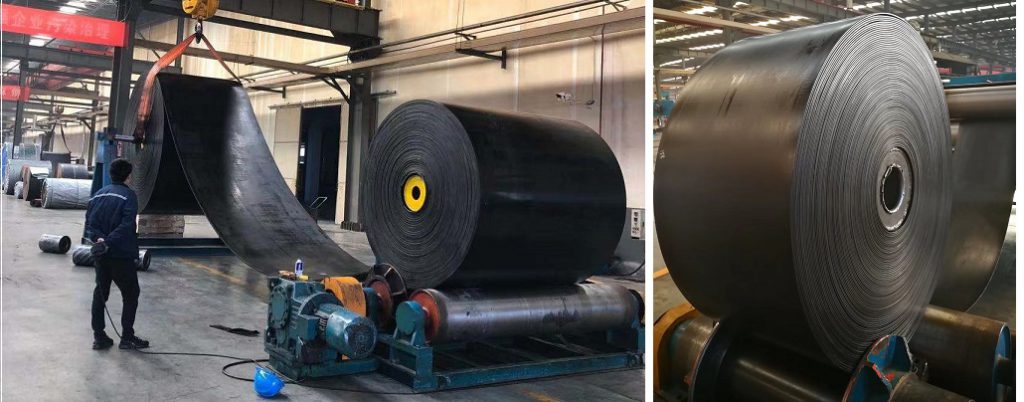
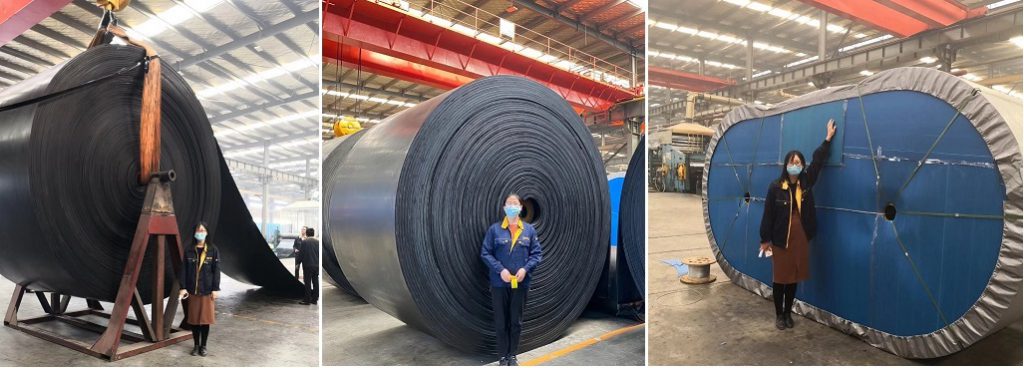

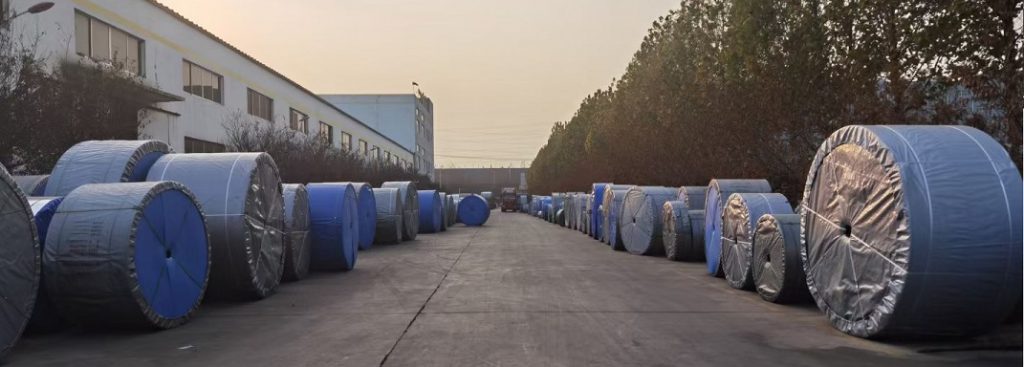
Tags: abrasion rate,Rubber conveyor belt

